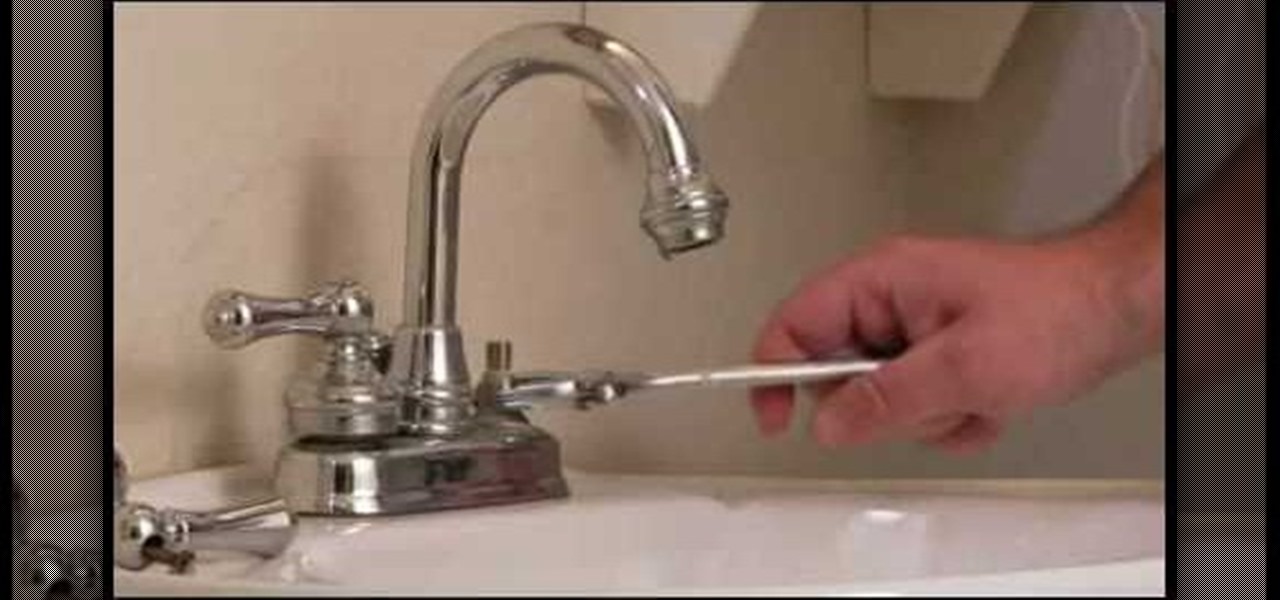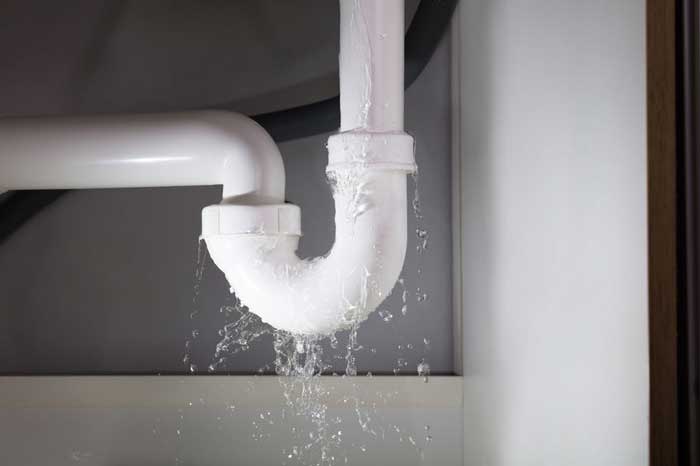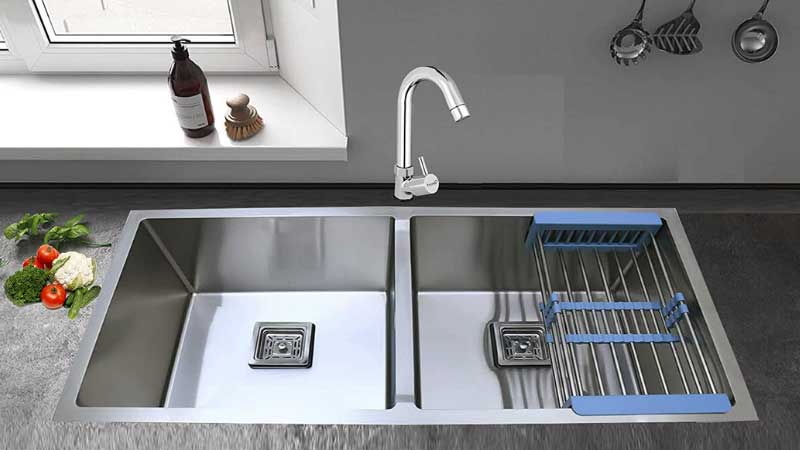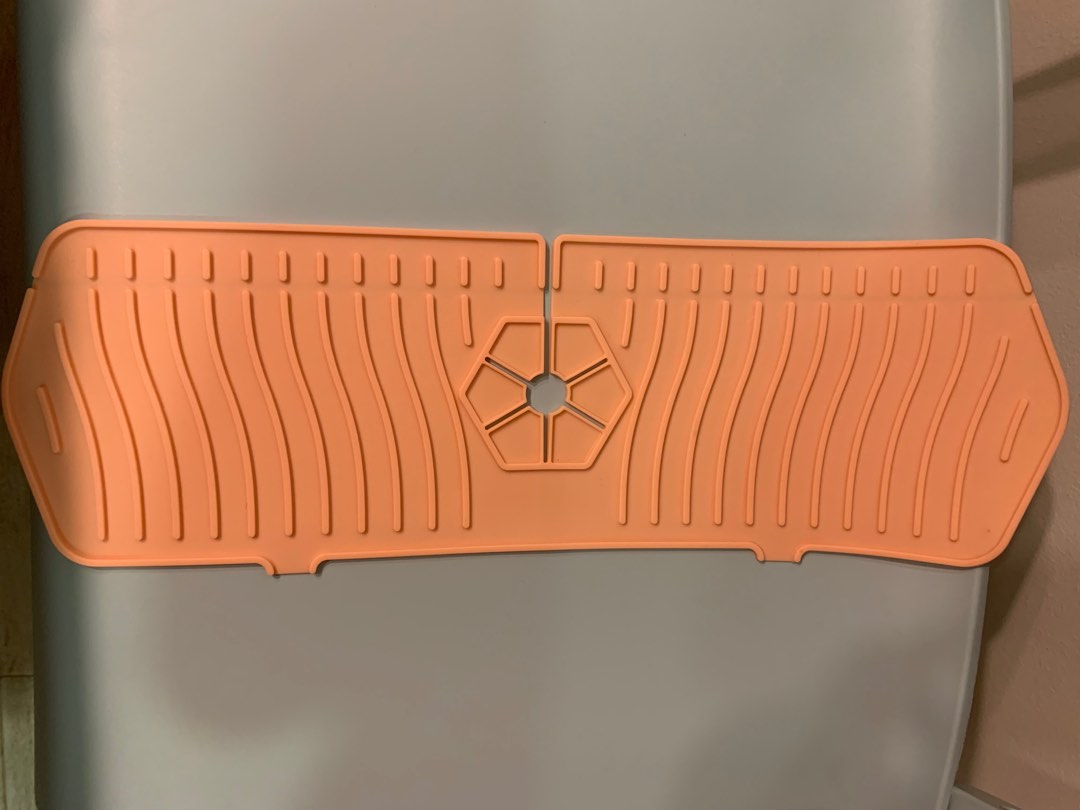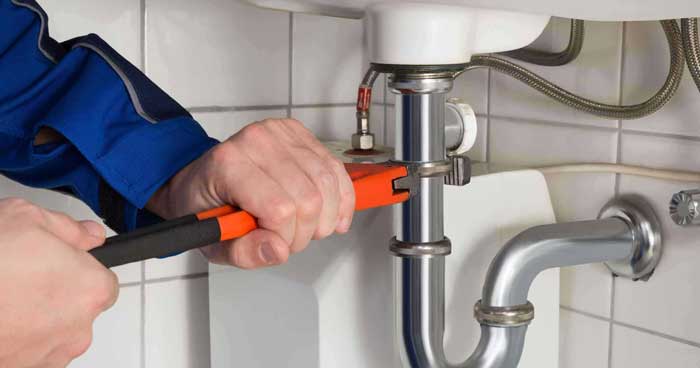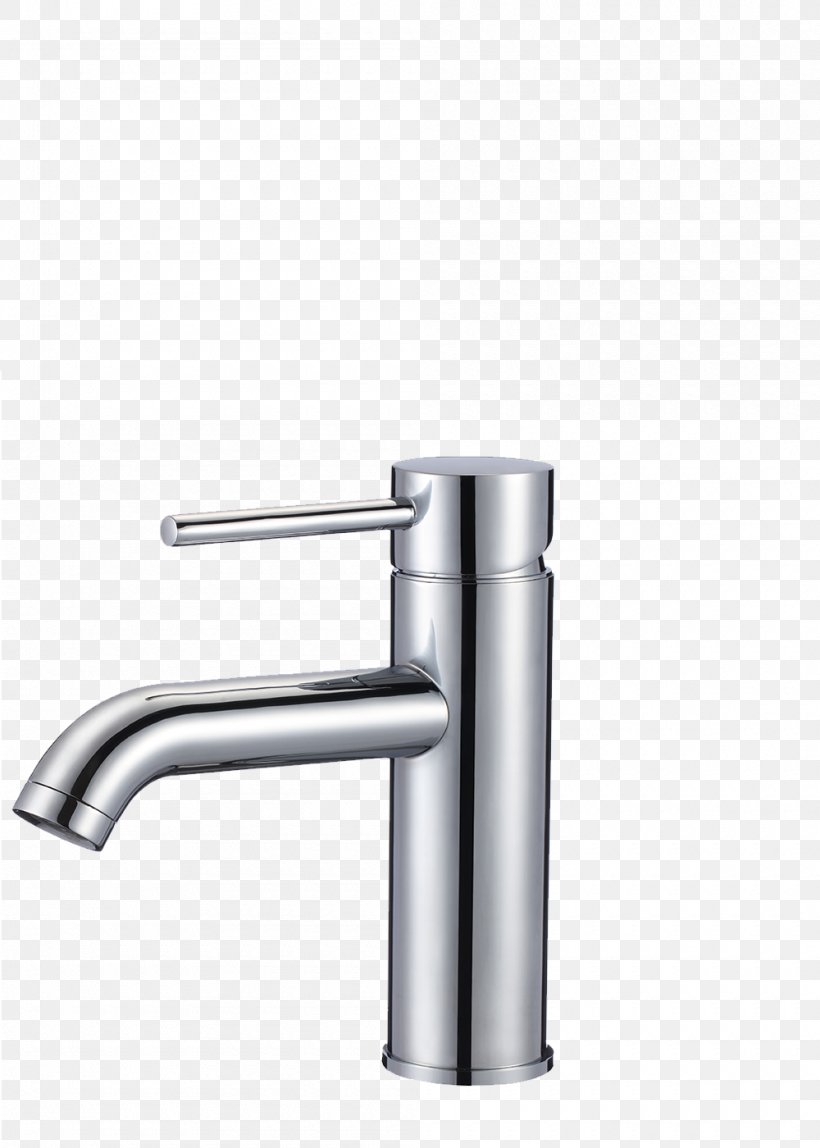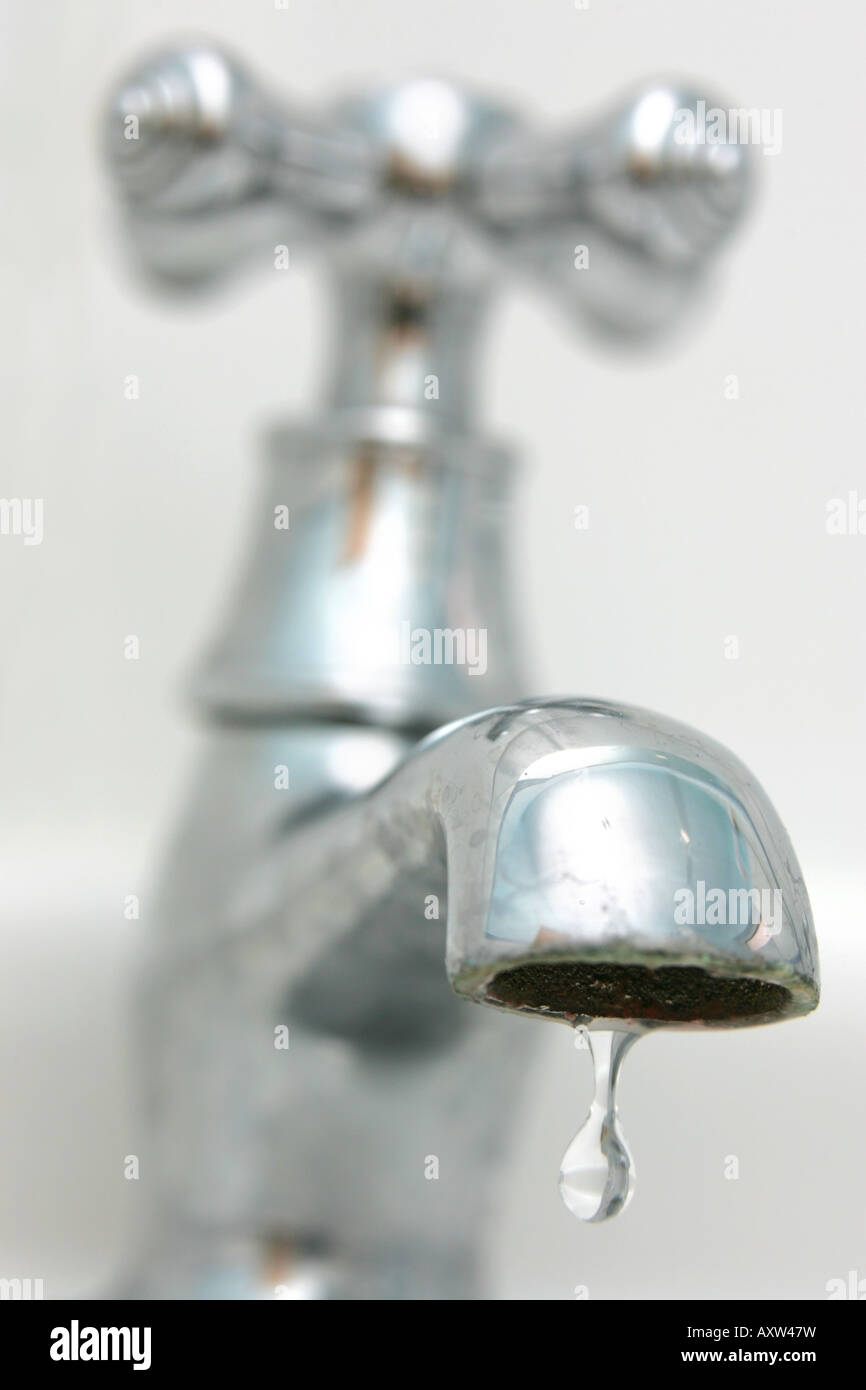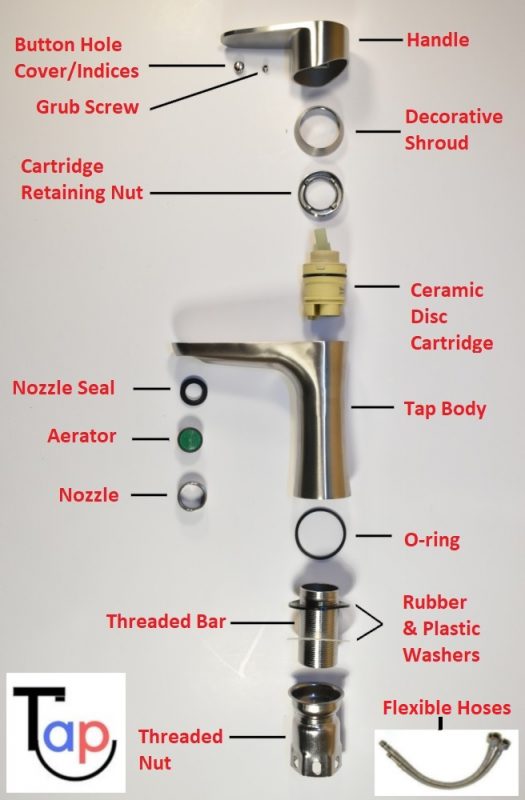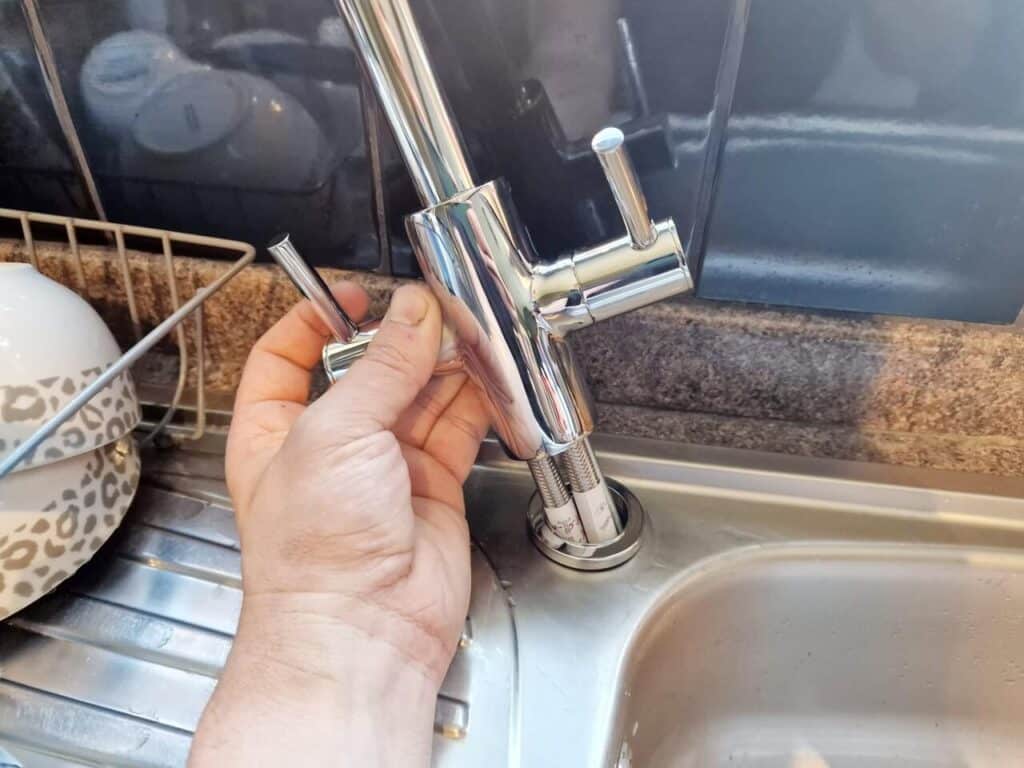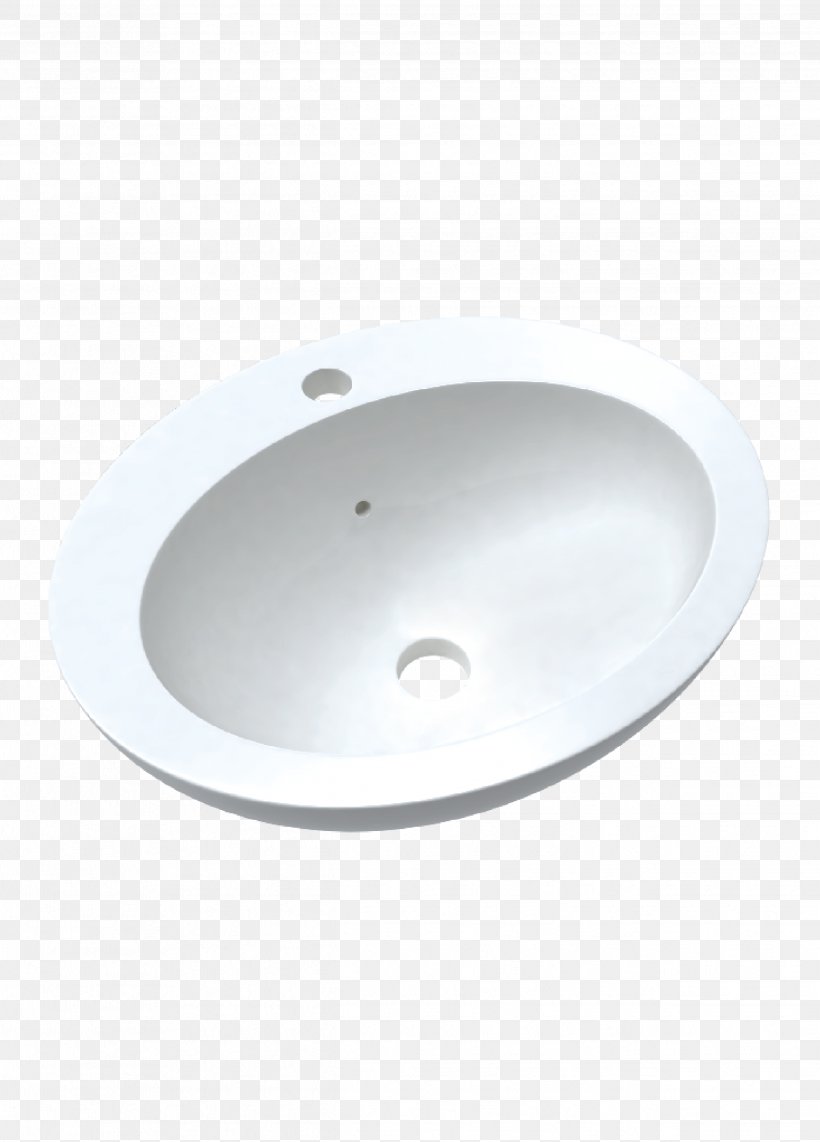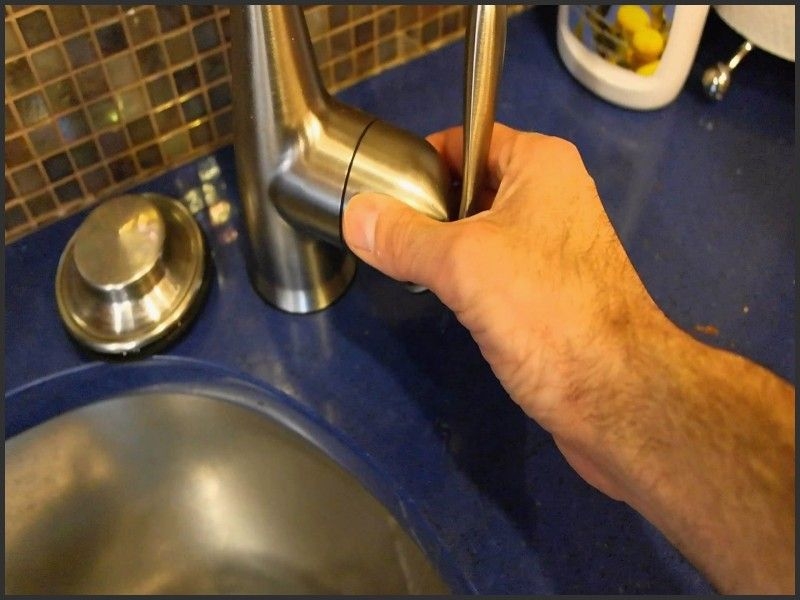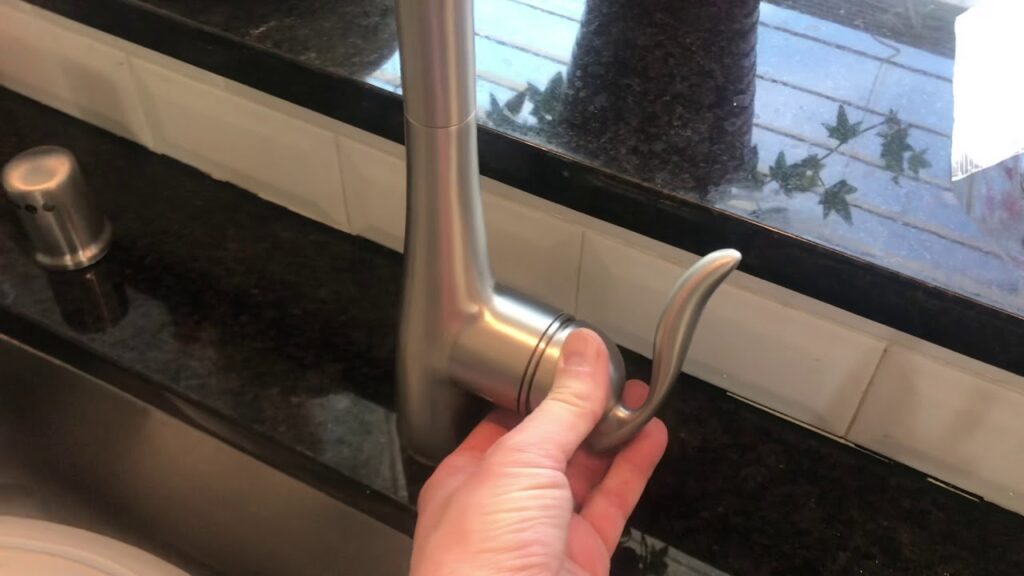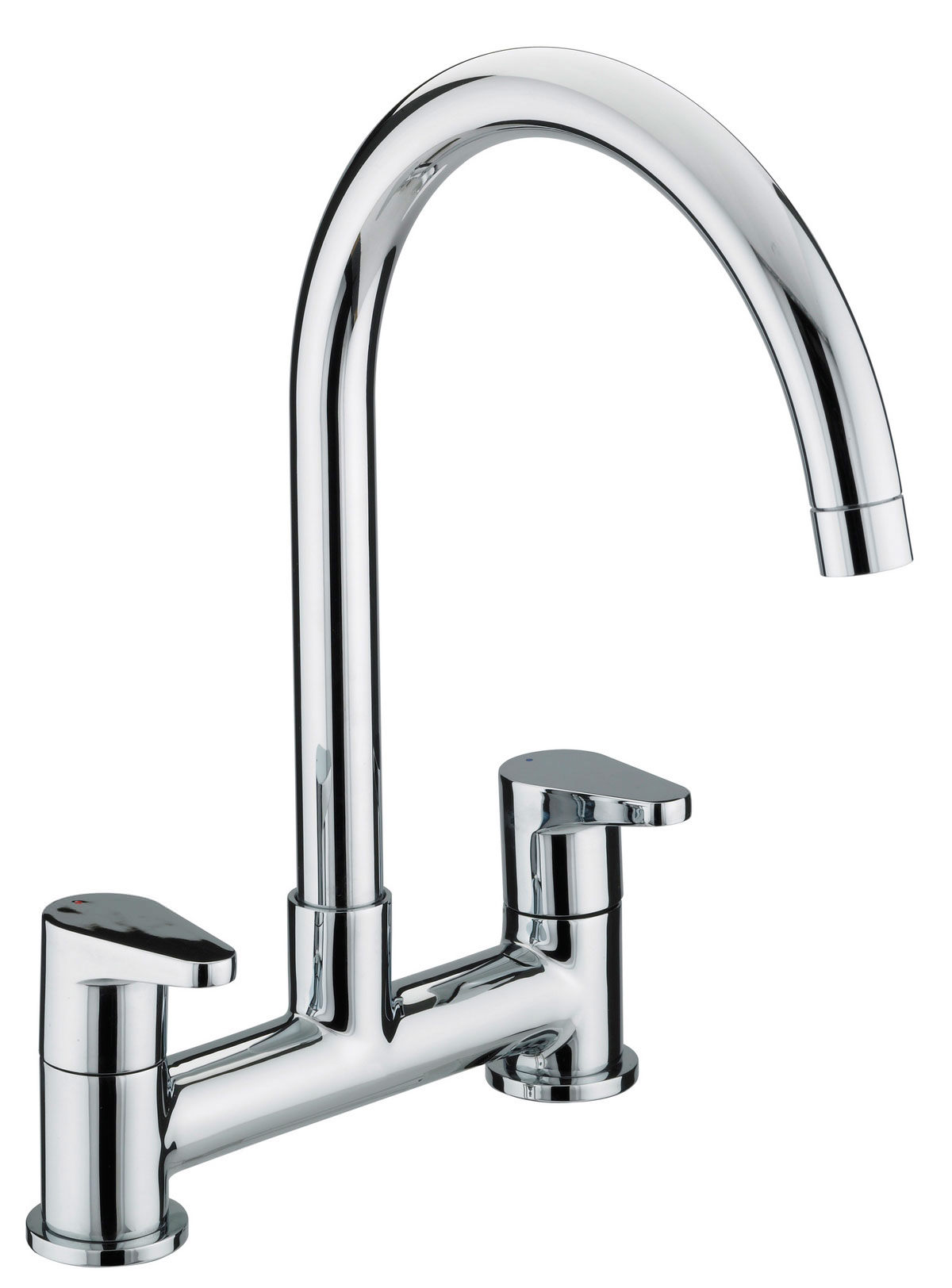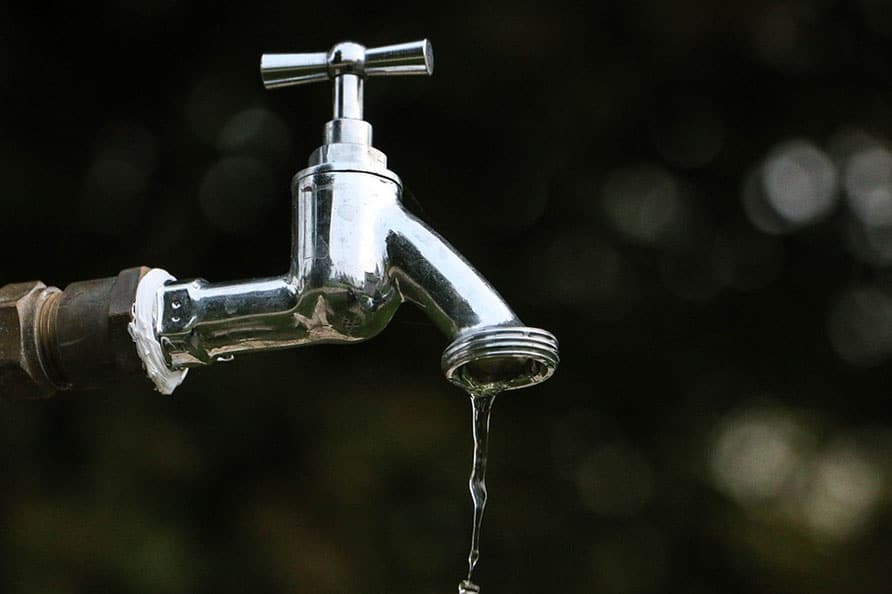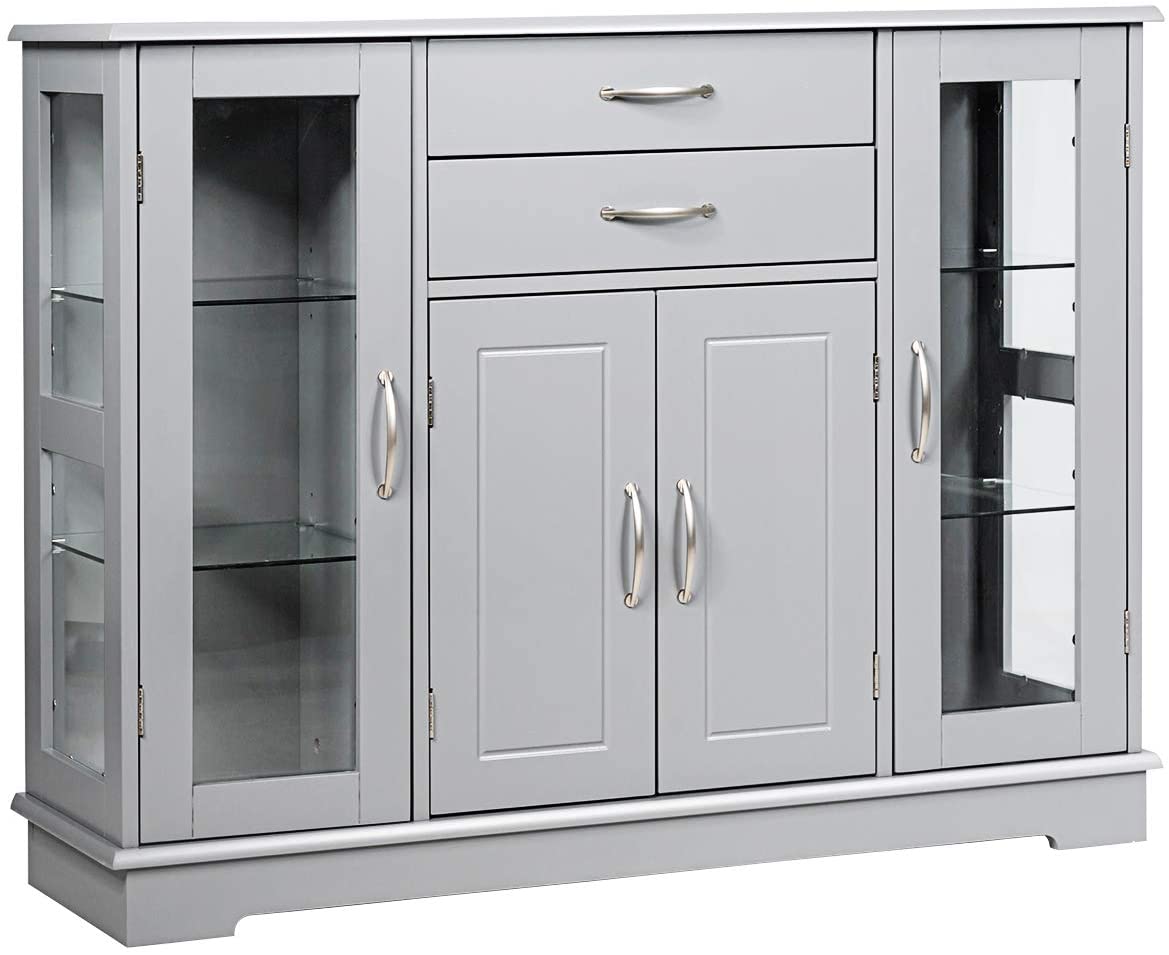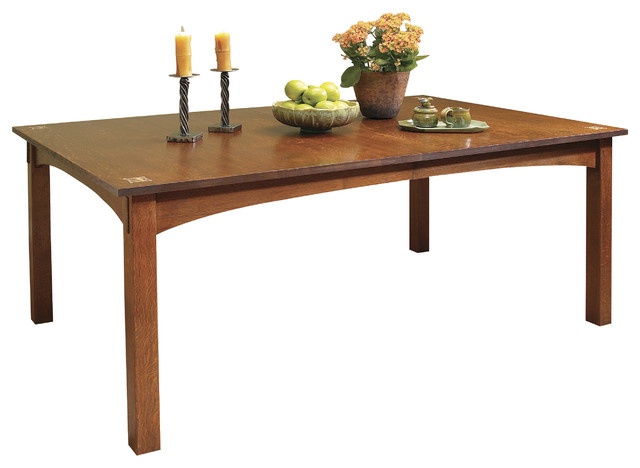If you've ever dealt with a dripping kitchen sink tap, you know how frustrating it can be. Not only is the constant sound of dripping water annoying, but it can also lead to a higher water bill and potential damage to your sink. But fear not, fixing a dripping kitchen sink tap is easier than you may think. The first step is to determine the cause of the drip. It could be a worn-out washer, a loose valve, or even a damaged faucet. Once you've identified the problem, you can move on to finding the solution. For a worn-out washer, you can easily replace it by turning off the water supply, disassembling the tap, and replacing the washer with a new one. If the valve is loose, you can simply tighten it with a wrench. And if the faucet itself is damaged, you may need to replace the entire tap. Remember to turn off the water supply before attempting any repairs to avoid a potential flood. And if you're not confident in your DIY skills, it's always best to call a professional plumber.1. How to Fix a Dripping Kitchen Sink Tap
A dripping kitchen sink tap can be caused by a variety of factors, including wear and tear, mineral buildup, and even faulty installation. The most common cause is a worn-out washer, which can become flattened or torn over time and no longer creates a tight seal. Mineral buildup can also lead to a dripping tap, especially in areas with hard water. The minerals can clog the faucet and prevent it from closing completely, causing it to drip. And if the tap was not installed properly, it may not be able to function properly and could result in a drip. It's important to regularly check your kitchen sink tap for any signs of wear and tear or mineral buildup. This can help prevent a small drip from turning into a bigger problem.2. Common Causes of a Dripping Kitchen Sink Tap
If you're handy around the house, you may be able to fix a dripping kitchen sink tap on your own. As mentioned before, replacing a worn-out washer or tightening a loose valve are common solutions that can easily be done yourself. Another DIY solution is to clean the tap to remove any mineral buildup. You can do this by soaking the faucet in a solution of equal parts water and vinegar for an hour, then scrubbing away any remaining buildup with an old toothbrush. This can help improve the functionality of the tap and prevent future drips. Just remember to always turn off the water supply before attempting any DIY solutions to avoid any accidents.3. DIY Solutions for a Dripping Kitchen Sink Tap
If the DIY solutions don't work or you're dealing with a more serious issue, you may need to replace your dripping kitchen sink tap. This may sound daunting, but with the right tools and instructions, it can be a relatively simple task. Start by turning off the water supply and draining any remaining water by turning on the tap. Then, disassemble the old tap by removing the handle, spout, and any other parts. Next, install the new tap by following the manufacturer's instructions. Finally, turn the water supply back on and test the new tap to make sure it's working properly. If you're not confident in your plumbing skills, it's best to leave this task to a professional plumber to ensure it is done correctly.4. How to Replace a Dripping Kitchen Sink Tap
If you've tried all the solutions mentioned above and your kitchen sink tap is still dripping, it may be time to troubleshoot the issue. Start by checking the water pressure. If it's too high, it can cause the tap to drip. Adjust the pressure by turning the valve under the sink or installing a pressure regulator. You can also check for any leaks or cracks in the tap itself. If you notice any damage, it's best to replace the tap as soon as possible to prevent further leaking.5. Troubleshooting a Dripping Kitchen Sink Tap
Prevention is always better than dealing with a dripping kitchen sink tap. Here are some tips to help prevent this issue from happening in the first place: - Regularly check your tap for any signs of wear and tear or mineral buildup. - Install a water softener if you have hard water to prevent mineral buildup. - Avoid using harsh chemicals to clean your tap as they can damage the parts. - Don't over-tighten the tap as it can cause damage to the parts.6. Tips for Preventing a Dripping Kitchen Sink Tap
While a dripping kitchen sink tap is a clear sign that it needs to be replaced, there are other signs to look out for that may indicate it's time for a new tap: - The tap is difficult to turn on or off. - The water pressure is low or inconsistent. - There are visible leaks or cracks in the tap. If you notice any of these signs, it's best to replace the tap before it becomes a bigger problem.7. Signs You Need to Replace Your Kitchen Sink Tap
If you notice that your kitchen sink tap is starting to feel loose, it's important to tighten it as soon as possible to prevent any potential leaks or drips. Start by turning off the water supply and unscrewing the tap handle. Then, use a wrench or pliers to tighten the valve beneath the handle. Finally, reattach the handle and turn the water supply back on. If the tap continues to feel loose, it may be time to replace the valve or other parts of the tap. It's best to consult a professional plumber for this task.8. How to Tighten a Loose Kitchen Sink Tap
If you're not comfortable attempting DIY solutions or your dripping kitchen sink tap requires more complex repairs, it's best to call a professional plumber. They have the knowledge and expertise to identify and fix the issue quickly and effectively. A professional plumber can also provide routine maintenance for your tap to prevent any future drips or leaks. This can save you time, money, and frustration in the long run.9. Professional Solutions for a Dripping Kitchen Sink Tap
To properly troubleshoot and fix a dripping kitchen sink tap, it's important to understand its different parts and how they work together. Here are the main components of a tap and their functions: - Valve: controls the flow of water. - Washer: creates a tight seal to prevent water from leaking. - Spout: directs the water flow into the sink. - Handle: controls the temperature and flow of water. - Aerator: mixes air with the water to reduce splashing and conserve water. By understanding how these parts work, you can better identify and fix any issues with your kitchen sink tap. In conclusion, a dripping kitchen sink tap may seem like a minor annoyance, but it's important to address it as soon as possible to prevent further damage and potential costly repairs. With the right knowledge, tools, and maintenance, you can keep your kitchen sink tap in top working condition for years to come.10. Understanding the Parts of a Dripping Kitchen Sink Tap
How a Leaky Kitchen Sink Tap Can Affect Your Home's Design
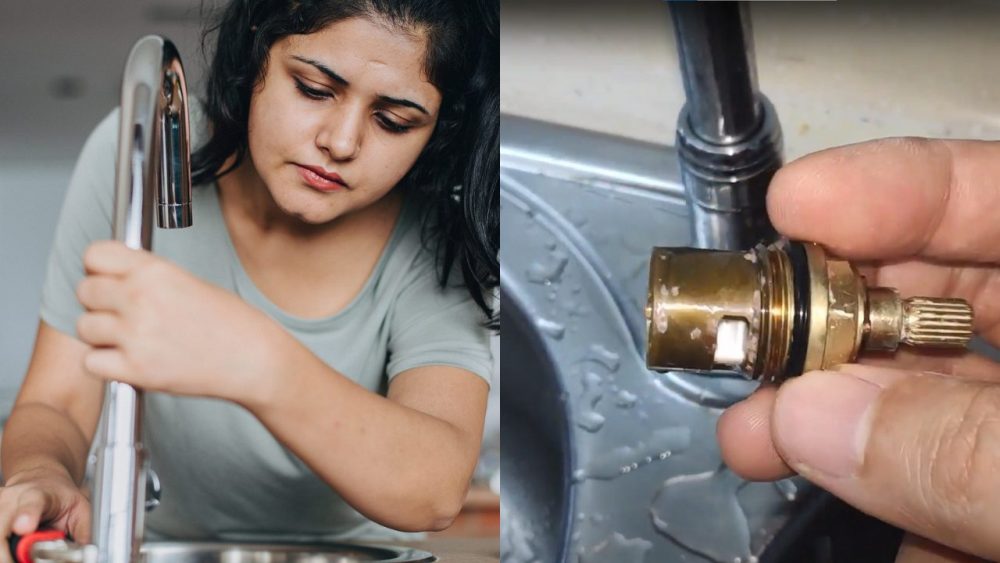
The Annoying Drip
 Having a
kitchen sink tap that keeps dripping
may seem like a minor inconvenience, but it can actually have a significant impact on the design of your home. The constant
drip, drip, drip
can not only drive you crazy, but it can also cause damage to your sink, countertops, and even your flooring. Not to mention, the added water usage and potential for mold growth can lead to higher repair costs and health hazards. So, before you ignore that
dripping tap
, consider how it may be affecting the overall design of your home.
Having a
kitchen sink tap that keeps dripping
may seem like a minor inconvenience, but it can actually have a significant impact on the design of your home. The constant
drip, drip, drip
can not only drive you crazy, but it can also cause damage to your sink, countertops, and even your flooring. Not to mention, the added water usage and potential for mold growth can lead to higher repair costs and health hazards. So, before you ignore that
dripping tap
, consider how it may be affecting the overall design of your home.
Wasted Water
 One of the most obvious consequences of a
leaky kitchen sink tap
is the wasted water. A slow drip may not seem like much, but over time it can add up to gallons of water being wasted. This not only impacts your utility bill, but it also puts a strain on the environment. In today's world, where sustainability is becoming increasingly important, every drop of water counts. So, by fixing that
dripping tap
, you are not only saving money but also contributing to a more eco-friendly home design.
One of the most obvious consequences of a
leaky kitchen sink tap
is the wasted water. A slow drip may not seem like much, but over time it can add up to gallons of water being wasted. This not only impacts your utility bill, but it also puts a strain on the environment. In today's world, where sustainability is becoming increasingly important, every drop of water counts. So, by fixing that
dripping tap
, you are not only saving money but also contributing to a more eco-friendly home design.
Damage Control
 Aside from the wastefulness of a
leaky kitchen sink tap
, it can also cause damage to your home. The constant dripping can stain your sink and countertops, leading to an unsightly and potentially expensive repair. If the leak is not addressed promptly, it can also seep into your flooring, causing damage and potential mold growth. This not only affects the design of your home, but it can also create health hazards for you and your family. By fixing the
leaky tap
, you can prevent these issues and maintain the aesthetic of your home.
Aside from the wastefulness of a
leaky kitchen sink tap
, it can also cause damage to your home. The constant dripping can stain your sink and countertops, leading to an unsightly and potentially expensive repair. If the leak is not addressed promptly, it can also seep into your flooring, causing damage and potential mold growth. This not only affects the design of your home, but it can also create health hazards for you and your family. By fixing the
leaky tap
, you can prevent these issues and maintain the aesthetic of your home.
Design Impact
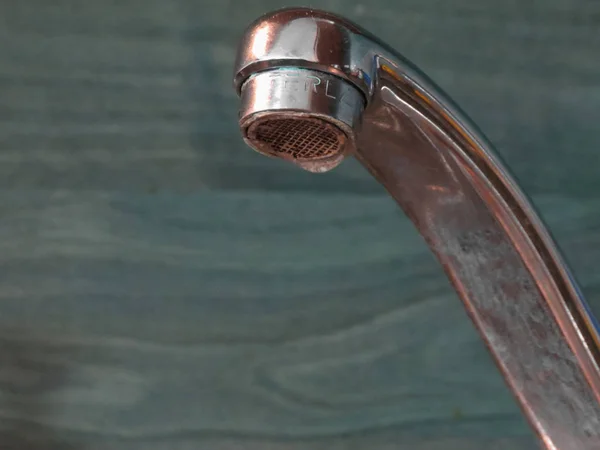 The design of your home is all about the little details, and a
dripping kitchen sink tap
can throw off the entire look and feel of your space. The constant sound of dripping water can be annoying and distracting, making it difficult to relax and enjoy your home. It can also be a turnoff for potential buyers if you ever decide to sell your home. By fixing the
leaky tap
, you can improve the overall design and functionality of your kitchen, making it a more enjoyable and valuable space.
In conclusion, a
kitchen sink tap that keeps dripping
may seem like a minor issue, but it can have significant consequences for your home's design. From wasting water and causing damage to affecting the overall aesthetic, a
dripping tap
should not be ignored. So, if you notice your kitchen sink tap is leaking, don't hesitate to fix it and improve the design of your home.
The design of your home is all about the little details, and a
dripping kitchen sink tap
can throw off the entire look and feel of your space. The constant sound of dripping water can be annoying and distracting, making it difficult to relax and enjoy your home. It can also be a turnoff for potential buyers if you ever decide to sell your home. By fixing the
leaky tap
, you can improve the overall design and functionality of your kitchen, making it a more enjoyable and valuable space.
In conclusion, a
kitchen sink tap that keeps dripping
may seem like a minor issue, but it can have significant consequences for your home's design. From wasting water and causing damage to affecting the overall aesthetic, a
dripping tap
should not be ignored. So, if you notice your kitchen sink tap is leaking, don't hesitate to fix it and improve the design of your home.





